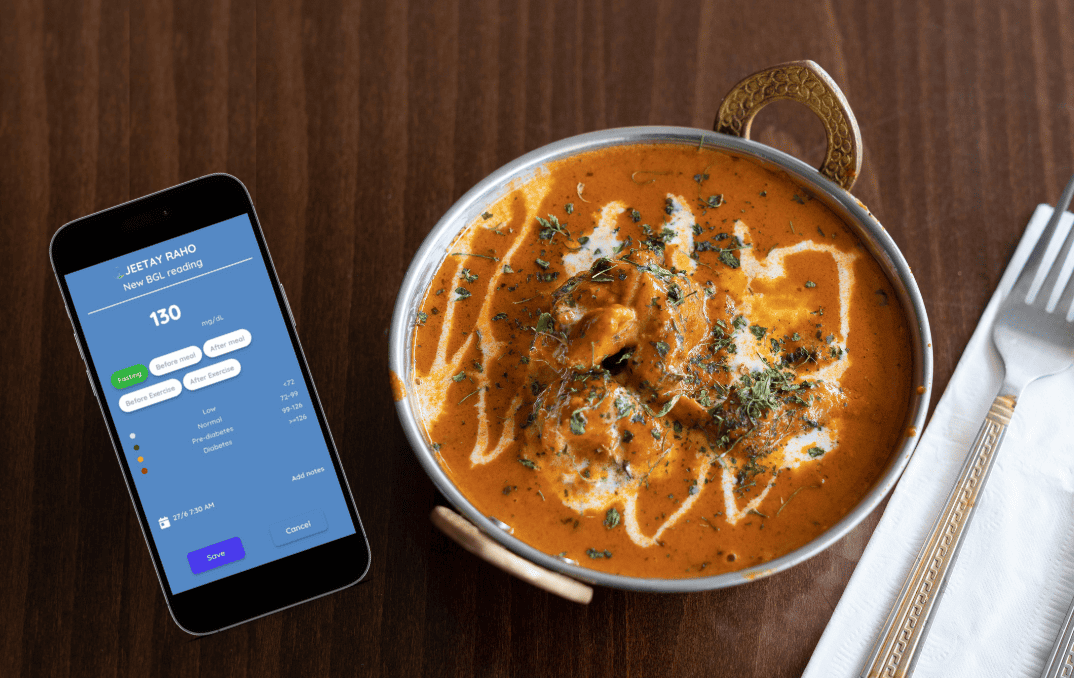Managing Blood Sugar Levels During Eid-Ul-Adha: A Guide For Diabetics Who Love Eating Meat
Discover practical tips for diabetics who enjoy eating meat during Eid-ul-Adha. Learn how to control blood sugar levels and maintain a balanced diet while savoring the festivities. Explore smart food choices, portion control, and healthy cooking techniques for a diabetes-friendly celebration.
Introduction
Eid-ul-Adha is a joyous festival celebrated by Muslims worldwide, marked by the sacrifice of animals and the sharing of meat. For individuals with diabetes, enjoying meat-centric meals can pose challenges in managing blood sugar levels. In this blog post, we will provide valuable tips and strategies to help diabetics control their blood sugar levels while relishing the delicious Eid-ul-Adha meals. Discover smart food choices, portion control techniques, and healthy cooking methods that ensure a diabetes-friendly celebration without compromising on flavor.
Understanding Blood Sugar Control
Managing blood sugar levels is crucial for individuals with diabetes. Balancing carbohydrate intake, portion control, and making mindful food choices are key strategies for maintaining stable blood sugar levels. During Eid-ul-Adha, when meat-based dishes take center stage, it’s essential to be aware of how these meals can impact blood glucose levels. By implementing the following tips, diabetics can enjoy the festivities without compromising their health: 
- Prioritize Lean Protein: Opt for lean cuts of meat, such as skinless poultry, lean beef, or lamb without excessive fat. These choices provide essential nutrients without adding unnecessary saturated fat.
- Be Mindful of Seasonings and Marinades: Some marinades and seasonings may contain hidden sugars or high sodium content. Choose homemade marinades using herbs, spices, and low-sodium options to enhance flavors without negatively impacting blood sugar levels.
- Incorporate Fiber-Rich Foods: Accompany your meat dishes with fiber-rich foods like vegetables, whole grains, and legumes. Fiber helps slow down the absorption of sugar and promotes better blood sugar control.
Smart Food Choices for Diabetics
While meat is the highlight of Eid-ul-Adha, there are numerous diabetes-friendly food choices to accompany it. Here are some options to consider:
- Non-Starchy Vegetables: Fill your plate with non-starchy vegetables like spinach, broccoli, cauliflower, and bell peppers. These vegetables are low in carbohydrates and high in fiber, helping to regulate blood sugar levels.
- Whole Grains: Opt for whole grain options like brown rice, quinoa, or whole wheat bread instead of refined grains. Whole grains provide more fiber and nutrients, promoting better blood sugar control.
- Healthy Fats: Include sources of healthy fats such as avocados, nuts, and seeds in moderation. These fats contribute to satiety and help stabilize blood sugar levels when consumed in controlled portions.
Portion Control Techniques
Proper portion control is essential for managing blood sugar levels. Consider the following tips during your Eid-ul-Adha celebrations:
- Use a Smaller Plate: Opt for a smaller plate to help control portion sizes. This visual trick can make your plate appear fuller while reducing the overall quantity of food consumed.
- Balance Your Plate: Aim to fill half of your plate with non-starchy vegetables, one-quarter with lean protein, and one-quarter with whole grains or healthy carbs. This balanced approach ensures a well-rounded meal while managing blood sugar levels.
- Mindful Eating: Slow down and savor each bite. Mindful eating allows you to enjoy the flavors and textures of your meal while preventing overeating. Pay attention to your body’s hunger and satiety cues to help prevent blood sugar spikes.
Healthy Cooking Techniques
The way you prepare your Eid-ul-Adha meals can also make a significant difference in managing blood sugar levels. Consider the following cooking techniques:
- Grilling or Baking: Opt for grilling or baking methods instead of frying. These methods require less added fats and result in healthier, flavorful dishes.
- Limit Added Sugars: Avoid adding sugary sauces, glazes, or condiments to your meat dishes. Instead, use herbs, spices, and vinegar-based dressings to enhance flavor without compromising blood sugar control.
- Reduce Salt Intake: Be mindful of your sodium intake when preparing meals. Excessive salt consumption can contribute to high blood pressure, which is a common concern for individuals with diabetes.
Consult with a Healthcare Professional
Remember, these tips are meant to provide general guidance. It’s essential to consult with your healthcare professional or a registered dietitian to personalize your diabetes management plan and receive tailored advice based on your specific health needs.
Conclusion
Eid-ul-Adha is a time of celebration and indulgence in delicious meat-based meals. For individuals with diabetes, it’s crucial to strike a balance between enjoying the festivities and maintaining stable blood sugar levels. By making smart food choices, practicing portion control, implementing healthy cooking techniques, and seeking guidance from healthcare professionals, diabetics can savor the joys of Eid-ul-Adha while keeping their health in check.
Note: It is always important to consult with a healthcare professional or a registered dietitian for personalized advice regarding blood sugar control and dietary management for diabetes. The information provided in this blog post is for informational purposes only and should not replace professional medical advice.



